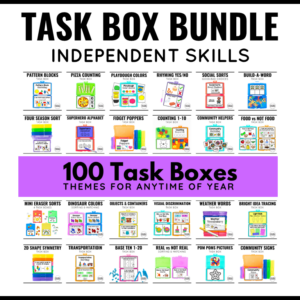
There's a point in our reading groups that I try my best to prepare for every year …teaching vowel sounds.
Actually, to clarify, it's when we're teaching LONG vowel sounds.
I used to dread it because it would happen right when my students were absolutely knocking it out of the park with their CVC decoding (reading words like “map” and “fun”).
My students are happy, I'm happy, and overall we're just feeling pretty good about ourselves.
And then we introduce long vowels (insert very sad face).
This is when my confident readers start doubting themselves…
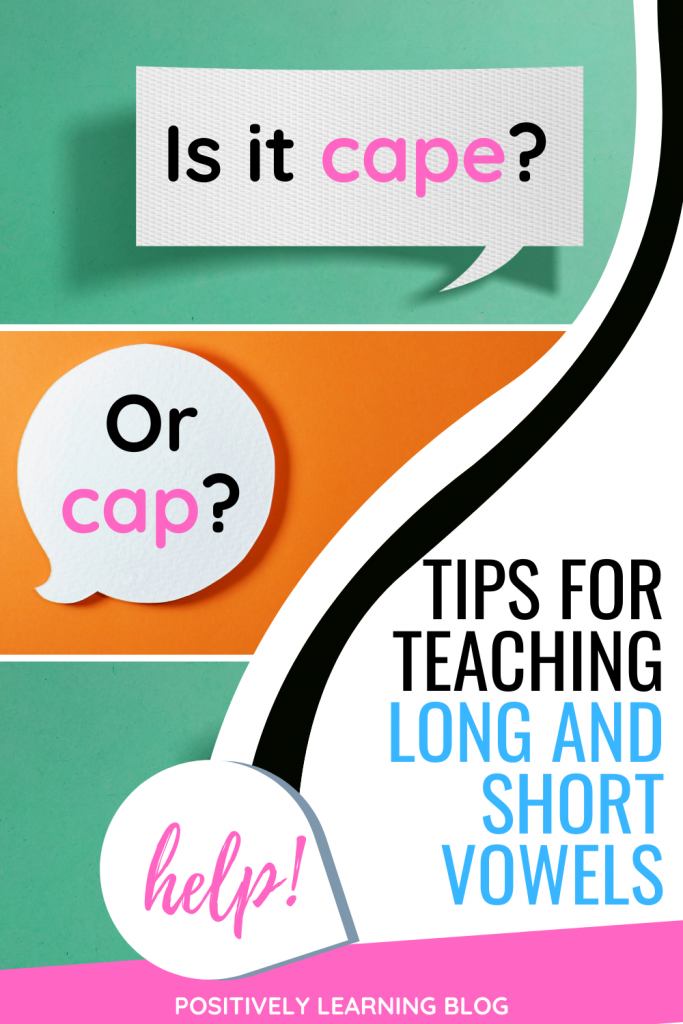
Just in case you haven't had the pleasure of teaching this lesson, I offer this quick recap:
Most reading programs teach words with short vowel sounds first. These words are usually more accessible without any of the unique spelling patterns the English language has.
The word “cap” has a “short” vowel sound.
Once we've demonstrated mastery with short vowel sounds, we're ready to move forward.
Now we're going to add the final -e and the vowel sound becomes “long,” as in the word “cape.”
cap – cape
It seems like such a small change, but you're probably not in kindergarten or first grade. Yikes, this can be a tough one!
I finally figured out a solution and I highly recommend this if your readers are struggling or “guessing” which vowel sound to use.
Make sure they can HEAR the difference between the vowels sounds BEFORE showing it to them in print (in the text).
I checked on this and was completely floored that my students weren't able to clearly hear the differences! Now it's easy to understand why there had been so much guessing going on!
Luckily, it just takes a little practice to get the hang of it.
I recommend breaking this task into three parts:
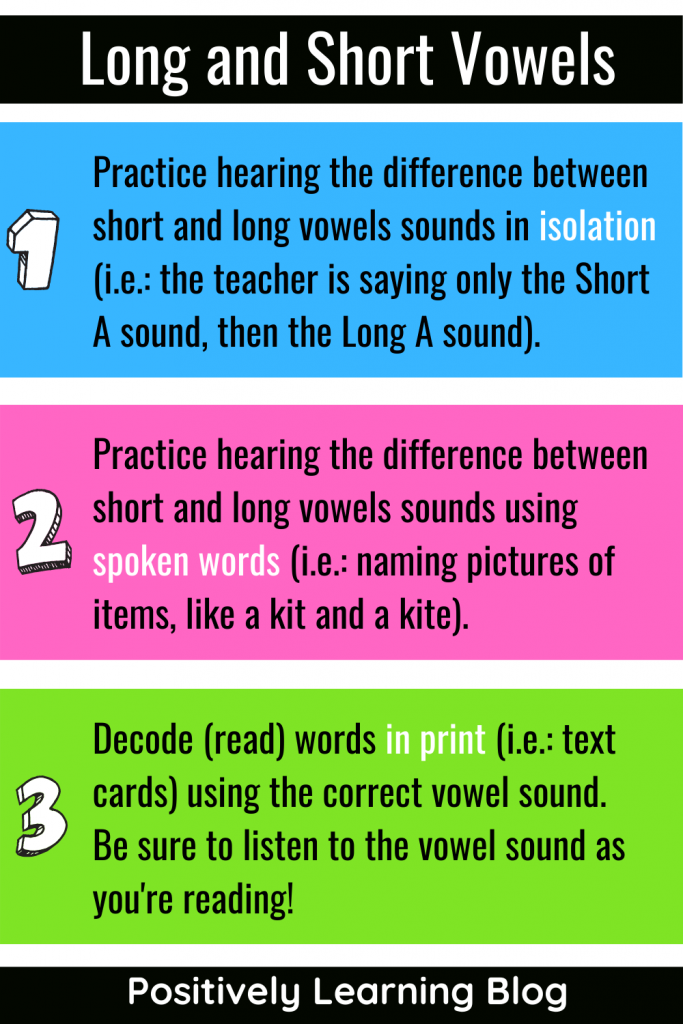
After reading steps 1-3 above, it's very clear why my students were struggling with switching the vowel sounds – the curriculum SKIPPED to step 3!
By adding in these steps, I'm happy to report that all is well once again in our reading groups!
Step 1 – no materials are needed; you'll just need to spend a couple minutes on the sounds – I did this right at the beginning of a small group reading lesson.
Step 2 is FUN – students get to name picture cards and listen to the sounds. We warm-up with the pictures as a group and then it quickly became a center activity (independent) where students were sorting the pictures by vowel sound.
It seems almost too easy and you may be tempted to skip or rush this step. Please don't!
Step 3 – we practiced with text cards first (one word per card). Students read the word and listen to the sound – does the vowel sound correct? Then we repeated the sorting activity (similar to step 2 but with words). This is an activity we did a few times throughout the week in our small groups and centers.
Once students were able to feel confident with Step 3, we were ready to tackle any long vowels that showed up in our reading!
Here are two ideas for the vowel sorting activities – sort the sounds using digital task cards or the hands-on set (there are 120 cards included – that's A LOT of practice!):
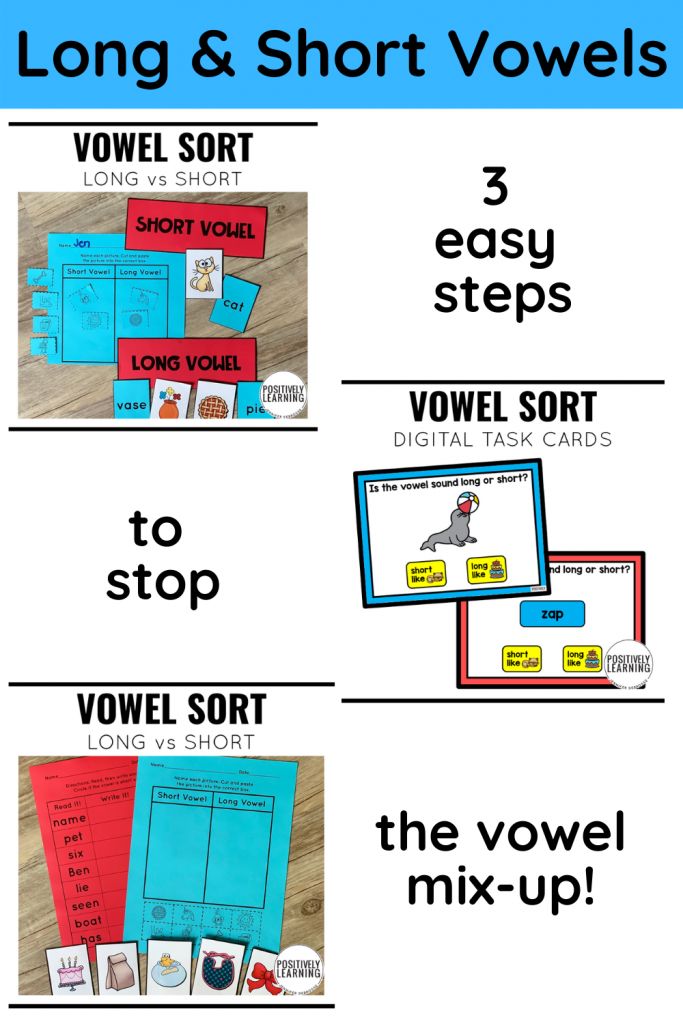
Check out the digital and printable sets here:


I’m Jennifer and I was a special educator in the elementary school setting over the past decade. I entered the classroom every day dedicated to making learning inclusive AND engaging.
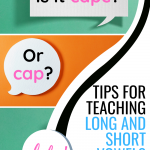
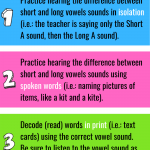
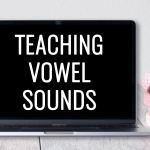
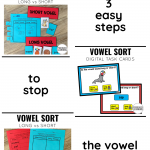
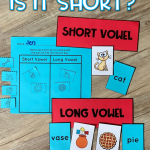
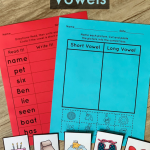
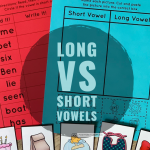
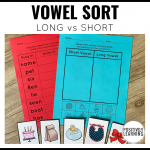
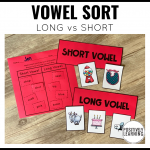
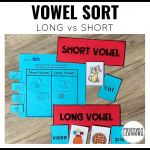
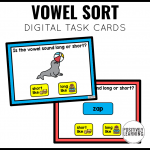
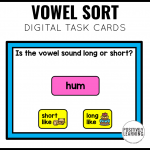
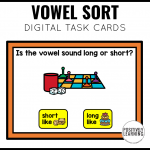
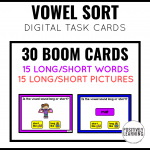
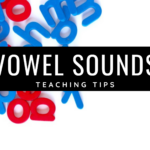

This website uses cookies to ensure you get the best experience on our website. See full disclosure here.
This website uses cookies to ensure you get the best experience on our website.
See full disclosure here.
